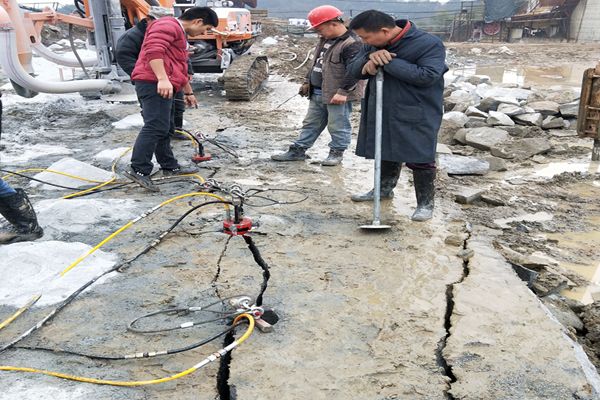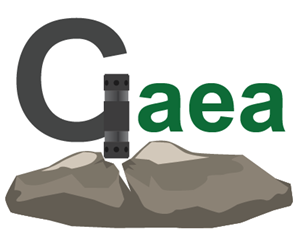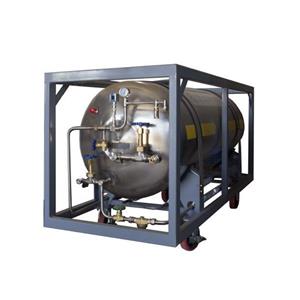Open-air rock demolition works
1. Deep hole blasting is divided into 4 grades according to the diameter of the drilled hole. Among them, the data of the 50mm<φ≤100mm grade is mainly based on the statistical data of the aperture φ76mm; the data of the 100mm<φ≤150mm grade is mainly based on the statistical data of the aperture φ110mm;
The data of the 150mm<φ≤250mm grade is mainly based on the statistics of the aperture φ200mm; the data of the φ>250mm grade is mainly based on the statistics of the aperture φ310mm.
2. For smooth blasting and pre-split blasting, the blasting area is used as a fixed unit of measurement. Smooth blasting and pre-split blasting are divided into 5 grades according to the diameter of the borehole, namely φ≤50mm, 50mm<φ≤100mm, 100mm<φ≤150mm, 150mm<φ≤250mm, and φ>250mm.
There are only two levels of horizontal pre-split blasting, namely φ≤50mm and 50mm<φ≤100mm. The project quantity quota for horizontal pre-split blasting is based on the straight-inclined hole smooth blasting and pre-split blasting quota multiplied by a coefficient of 1.2.
3. For stone demolition projects in towns and complex environments, the complex environments should be classified and distinguished. The complex environments of open-air stone demolition are divided into three categories: A, B, and C:
Class A complex environment refers to the blasting range to national first- and second-class cultural relics, extremely important facilities, extremely precise and valuable equipment and important buildings (structures) within 50m, or to national third-class cultural relics, provincial cultural relics, and important facilities. , residential houses, office buildings, factories, etc. within 10m;
Class B complex environment refers to the blasting range to national first- and second-class cultural relics, extremely important facilities, extremely precise and valuable instruments and equipment and important buildings (structures) with an equidistant distance greater than 50m, less than or equal to 100m, or to national third-class cultural relics, provincial cultural relics, important facilities, private houses, office buildings,
The equidistant distance between workshops is greater than 10m, less than or equal to 50m;
Class C complex environment refers to the blasting range to the national first- and second-class cultural relics, extremely important facilities, extremely precise and valuable equipment and important buildings (structures) with a distance of more than 100m and less than 200m, or to national third-class cultural relics, provincial cultural relics , Important facilities, residential buildings, office buildings, factories, etc. distances greater than 50m, less than 100m.
The quota for the number of stone demolition projects in urban and complex environments only includes the content of blasting work, and does not include the content of protection against harmful effects of blasting. The number of protection measures against harmful effects of blasting is calculated separately according to the blasting design of the specific project. According to the calculation of the number of projects for shallow hole blasting and deep hole blasting in urban and complex environments,
Ordinary shallow hole blasting and deep hole blasting (50mm<φ≤100mm) can be used as the base. Except for the quantity of explosives, it is more appropriate to multiply the quantity of labor, machinery and materials by a certain coefficient. The blasting engineering volume consumption of Class A complex environment is multiplied by a factor of 3.0; the blasting engineering volume consumption of Class B complex environment is multiplied by a factor of 2.0;
The blasting engineering quantity consumption of Class C complex environment is multiplied by a factor of 1.5.
The work contents in the quantity quota table are: drilling, drilling, inspection, charging, filling, connecting the circuit, warning, detonation, inspection after blasting, and secondary crushing of large rocks. The protective measures for the harmful effects of blasting shall be calculated separately according to the blasting design of the specific project.
4. The blasting works of adjacent slopes are designated as extremely important facilities or general important facilities according to the nature and importance of the slope, such as Class I and II railways, expressways, power plants, etc. can be designated as extremely important facilities.
5. For the blasting of large boulders, refer to the calculation of the shallow-eye blasting quota.
6. For field leveling stone demolition, refer to the corresponding deep hole blasting or shallow hole blasting quota.
7. Considering that emulsion explosives have been widely used in domestic blasting projects, the explosive performance and crushing effect of emulsion explosives with different formulations and 2# rock ammonium nitrate explosives are compared. Calculated amount of usage.





